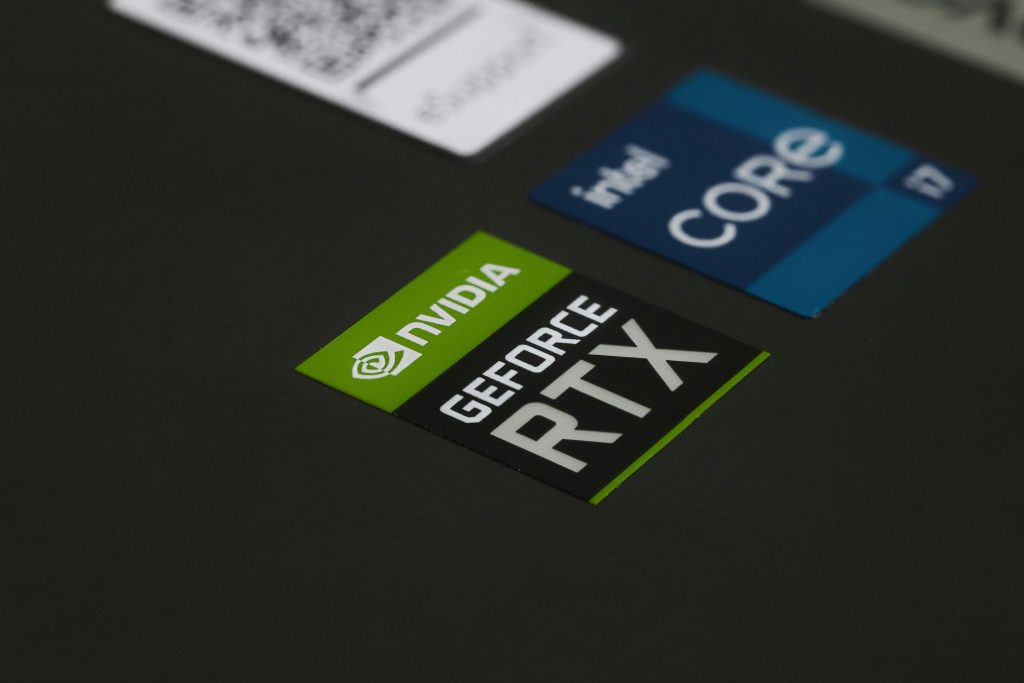Building a Workstation with ASUS Sabertooth X58 and Lenovo ThinkServer TS140: Overcoming Installation Challenges
Setting up a custom PC can be a rewarding experience, but it often comes with its fair share of hurdles—particularly when installing a fresh operating system. Recently, I embarked on building a workstation using an ASUS Sabertooth X58 motherboard and Lenovo ThinkServer TS140 1TB SATA drives. Here’s a rundown of my journey, the issues I encountered, and the solutions I found helpful along the way.
The Challenge: Getting Windows 10 to Boot
My primary goal was to install Windows 10 on this hardware configuration. As a first-time builder, I faced numerous obstacles, especially during the OS installation process. Initial attempts involved creating bootable USB drives using Rufus and other tools. However, the motherboard frequently displayed errors such as “No operating system found” or instructed to reboot with an operating system.
Troubleshooting Boot Errors
Persistent errors indicated that the BIOS wasn’t recognizing the bootable media correctly. After experimenting with different USB creation tools, I discovered that Ventoy—an open-source tool for creating multi-boot USB drives—successfully presented the Windows 10 installer. This allowed me to proceed with the OS setup.
Partitioning and Logging Issues
During the installation process, I attempted to create a new partition to facilitate a clean install. Unfortunately, the installer repeatedly failed, with messages directing me to review setup log files for more details. This suggested underlying issues with drive configuration or compatibility that needed addressing.
Managing Drive Configuration: RAID and Drivers
A key realization came when I configured one or both of the drives to function in RAID mode. The motherboard’s BIOS offered options to set the SATA drives into RAID arrays, which typically improves performance and redundancy but complicates OS installation. Recognizing this, I was advised to load Intel Rapid Storage Technology (IRST) drivers during setup, as they are necessary for proper RAID support.
To do this, I downloaded the IRST drivers onto a USB stick. However, when prompted to load drivers during Windows installation, the installer failed to locate the driver files. This is a common issue when drivers are not placed correctly or in the expected format.
Lessons Learned and Final Steps
Successfully installing Windows 10 on a system with RAID-configured drives requires attention to driver preparation and BIOS settings. Here are some tips for others attempting similar builds:
- Use reliable tools like Ventoy for creating bootable installation media, especially
Share this content:



